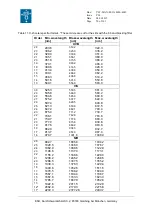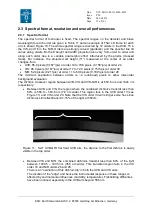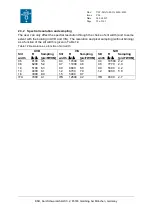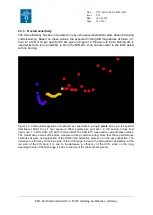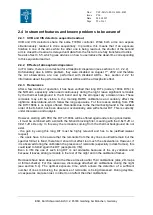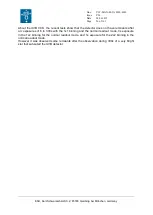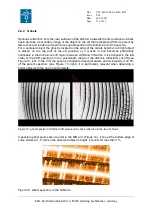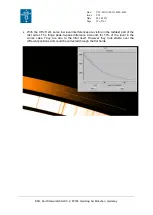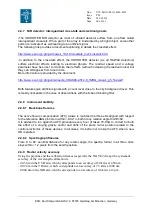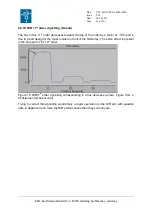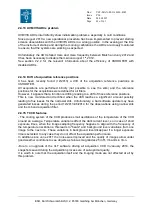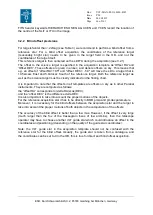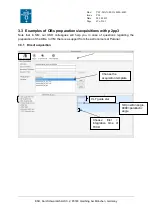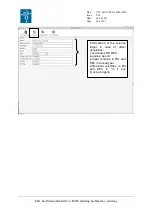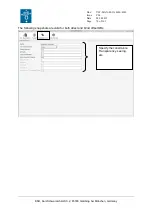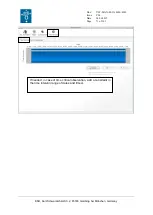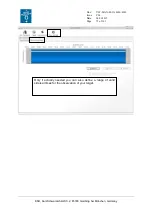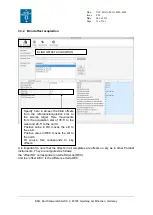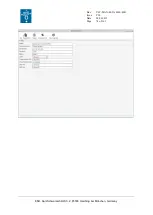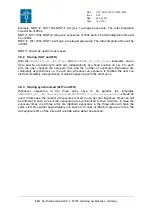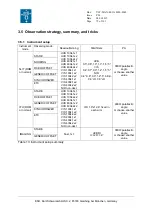
Doc:
Issue
Date
Page
VLT-MAN-ESO-14650-4942
P96
24.06.2015
64 of 161
ESO, Karl-Schwarzschild-Str. 2, 85748 Garching bei München, Germany
3.
Observing with X-shooter
3.1 Observing modes and basic choices
Starting in P93, X-shooter offers three observing modes: SLIT spectroscopy, IFU
spectroscopy, and imaging.
The spectral format is fixed for both spectroscopic observing modes. The three arms (UVB,
VIS and NIR) operate in parallel.
In SLIT mode, the user can select, for each arm independently, a slit width among those
listed in Table 12.
In IFU mode, the only important parameter the user has to choose is the wavelength that is
placed and kept fixed at the centre of the IFU during observations. See section 2.2.2 for
indications about the effects of this wavelength choice on the spectrum flux depending on the
orders.
In both spectroscopic observing modes, one of the detector readout modes given in section 0
and 2.2.5 can be selected for the UVB and the VIS arm independently. The readout mode is
fixed for the NIR arm.
In IMAGING mode, only the acquisition and guiding camera is used with the filters chosen by
the users in the list of available filters. This mode has to be combined to SLIT or IFU
observations for science OBs in SM, or can be used standalone in calibration OBs or in VM.
The calibration plan for this mode is quite limited because XSHOOTER remains first a set of
spectrographs.
All X-shooter science observing blocks (OB) are composed of an acquisition template (see
3.2) followed by one or several science templates selected depending on the observing
strategy chosen by the user.

